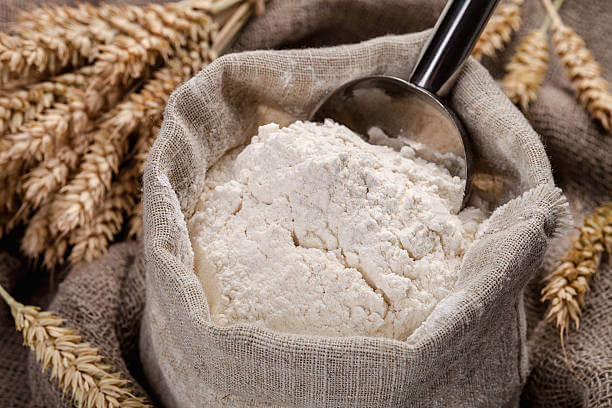One of the most fundamental components in Indian cooking is flour. The majority of Indian flours used by home cooks are all variations of the same fundamental type, and this is true across the country, in the North, South, East, and West of India.
It’s interesting to note that most contemporary Indian dishes rely on a single type of flour, like besan flour, wheat flour, or rice flour. Furthermore, the introduction of Western cuisine and the impact of fast food has led to the overuse and unrecognized prevalence of less healthful variations, such as refined flour (also known as maida), which is beginning to have adverse effects.
Preventable, lifestyle-related illnesses are on the rise. However, every family is struggling to get enough of the nutrients they need.
Perhaps this is the time to ponder India’s past and its very soul. Indian food relies on a medley of spices and flours to create its unique flavour profile. The people living in the country’s rural areas and outlying settlements have long relied on meals made from a combination of flour and locally produced items to help them endure the arduous tasks of farming, harvesting, and gathering in the woods.
The moment has come for urbanites to realise that improving their diets isn’t enough to ensure their long-term health. It’s understandable that, in the demands of daily life, people could forget to take in certain vitamins and minerals. Minor or major, symptoms always show up at some point to remind us that we have to give our bodies what they need, and that it has to come in a variety of shapes and sizes.
One way to start achieving this equilibrium is to stop restricting your diet to just soup and vegetables. Increase the variety of flour products you consume on a regular basis. They supply vital vitamins and energy sources in addition to the fibre required for proper digestive and renal function.
Wheat and rice flour dough is given the taste and variety that Indians need by adding organic ragi, besan, or bajra. In reality, the combination of ragi and wheat in varied quantities results in a wide variety of delectable recipes, and the fast paste of salty rice and besan flour is a wonderful addition to many vegetables and desserts.
Once you’ve become acclimated to including these flours into your diet, you can try out a variety of organic options for enhancing the nutritional value of this high-energy blend.
Wheat and millet flours provide you energy, while other flours give you stamina. Also, they aid in weight loss and metabolism regulation. Cholesterol and glucose issues, for example, are simple to remedy with the right mix of grains and flour.
Unlike typical flours, this one does not include gluten. High-fiber content; an advantage over refined flours. Unsaturated fatty acids are scarce. You can tell right away that it’s not like the refined flours you’re used to eating because of how natural and unprocessed it is. It has a unique role in the diet and is best used unprocessed.
The price and accessibility of organic flours like aashirvaad atta are on par with conventional flours. They are inedible, versatile, and adaptable to any cooking method or presentation.





